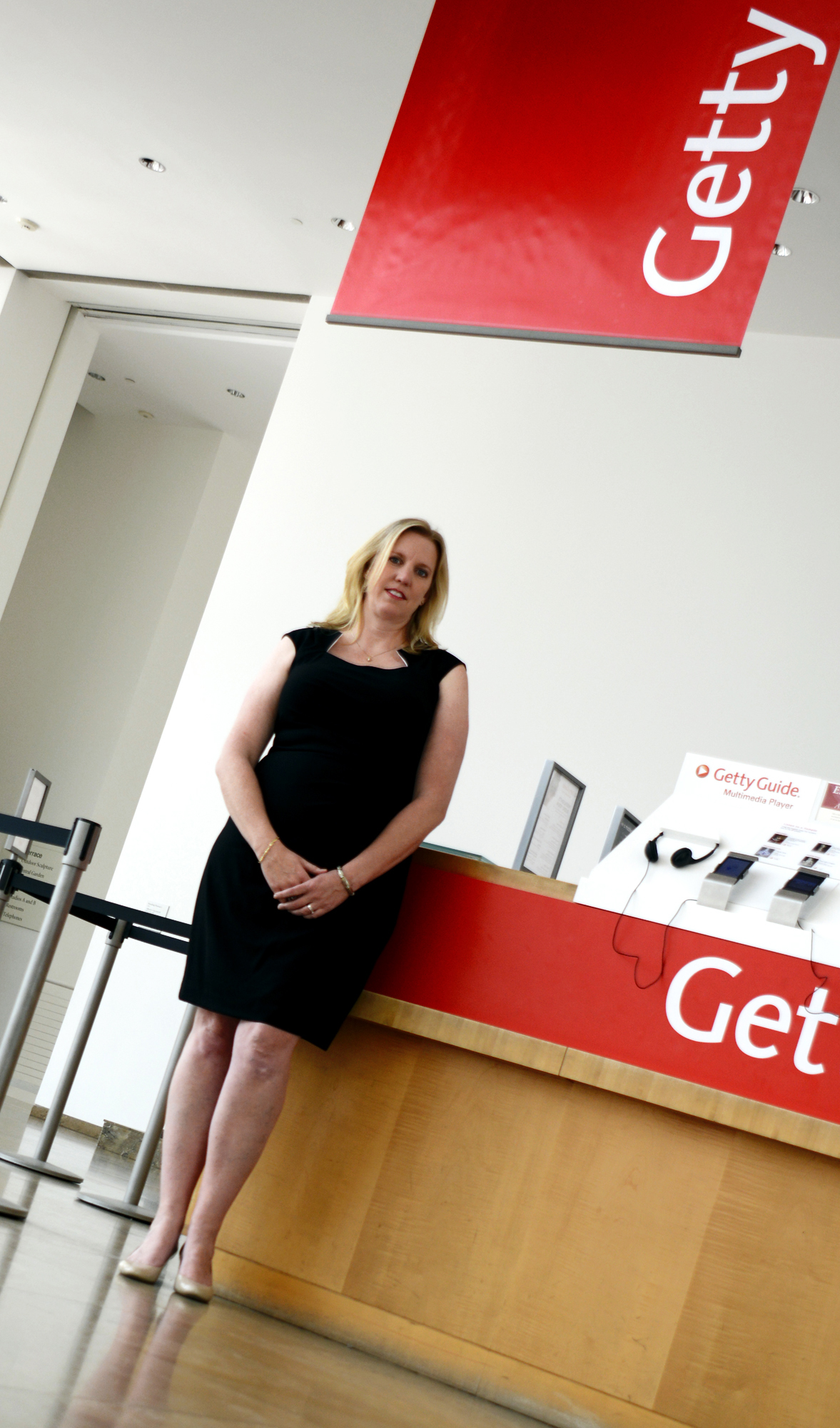Digital publishing changed the way we consume information, but the fundamentals of good journalism and public relations have stayed the same, according to J. Paul Getty Trust publicist Amy Hood.
The former Pierce College Roundup arts and entertainment editor and The Bull editor in chief was the guest presenter at Pierce College’s Media Arts Department’s Speaker Series Thursday, April 30.
Hood told around 50 people in the Great Hall that AP style, inverted pyramid and honesty have remained the keys to journalism and public relations, despite the industry’s transition from paper press kits and press releases to online links and blogs.
“It’s daunting to see the changes in my field the last 15 years,” Hood said. “It’s sad and it’s scary to see this change, but it’s also OK.”
For Hood, social media has changed how she gets story ideas and how her work reaches the world.
“Twitter is pretty much where I live,” Hood said. “It’s how I know what’s going on, and get coverage.”
The skills Hood learned as a journalism student helped her get into public relations but would have been valuable no matter what field she decided to go into.
“I really think the kind of writing you learn as a journalism student can help you in any career,” Hood said. “I think it’s very beneficial. I wish that everyone would learn how to write that way.”
Hood learned to write like a journalist at Pierce from teachers such as Media Arts Department instructor Rob O’Neil. O’Neil, a former Los Angeles Times reporter, said journalism is also about transferable skills that go beyond writing.
“She used the term at the very beginning, ‘critical thinking,’” O’Neil said. “That’s really what I think journalism is. Critical thinking is what’s news, what’s important, what goes at the top of the inverted pyramid, what people are interested in.”
Developing that thought process has typically been the foundation for journalists, but has also been essential for publicists, according to Jeff Favre, assistant professor of broadcasting and multimedia.
“I always tell people get the journalism background, because you have to be a good writer,” Favre said. “Actually, Amy said it best. ‘The Roundup and The Bull helps for everything.’”
The number of public relations jobs has increased while the number of journalism jobs has decreased in the last five years, according to Hood. However, the fundamentals of both fields have stayed the same, she said.
“It’s very similar to write for PR and journalism,” Hood said. “I think all publicists should have journalism training.”




